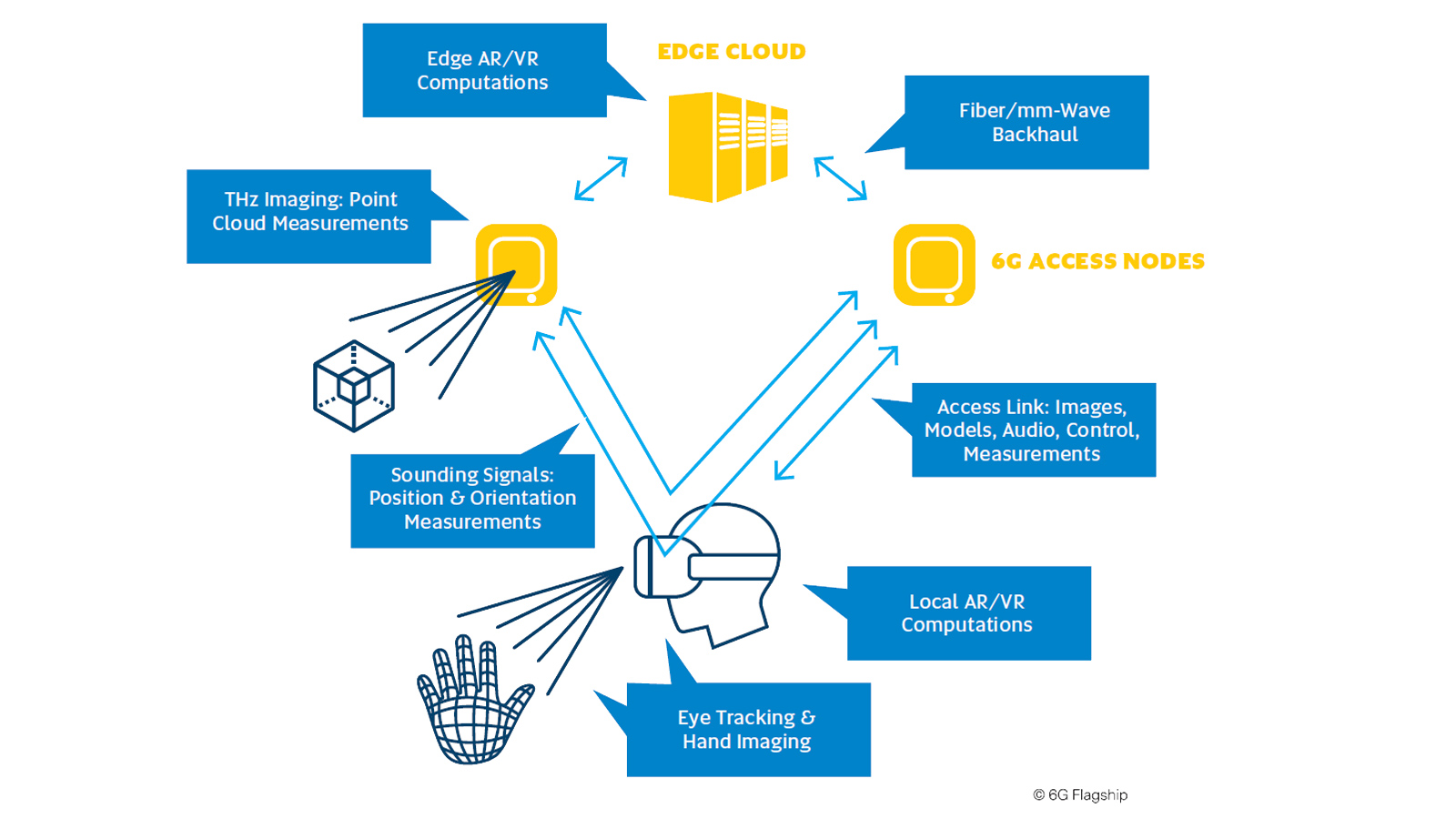6G technology: 5 things you can expect to see in 2030
A new white paper from the 6G Flagship research team at the University of Oulu reveals all.

6G may seem a long way off. But despite 5G still being rolled out by MNOs around the world, this hasn’t stopped analysts turning their gaze toward 6G technology, with a new white paper from Finland’s University of Oulu focusing on the challenges and trends we can expect to see over the next decade.
The paper, released by the University’s ‘6G Flagship’ research team, is based on the feedback of 70 experts, all of whom attended a workshop at the first 6G Wireless Summit in March.
Scrutinizing 6G technology
Professor Matti Latva-aho, director of 6G Flagship at the University of Oulu, edited the white paper with his colleague, professor Kari Leppänen. And Latva-aho is adamant that now is the time to start scrutinizing the effects and challenges of 6G.
“As 5G research is maturing and continues to support global standardisation, we must already engage in mapping what 6G can become at its boldest,” says Latva-aho.
Below, we’ve listed five areas that the white paper has focused on. And for the complete list of research, please download the white paper PDF here:
1. New bands
“For the foreseeable future, operation in the lower frequency bands (below 4 GHz), currently used for mobile communication networks, are expected to remain stable and dominated by MNOs8 due to long-term spectrum licenses. With 6G however, new bands that target super-efficient short-range networks for both indoor environments and outdoor city spaces will become common (Figure 5). These local networks will target verticals with specialized demand and will be deployed by different stakeholders opening the market to new players, new investments and new ecosystems.”
2. Smartphones no more
“While smartphones have become an indispensable part of our lives, rapid advances in new display technologies, sensing and imaging devices, and low-power specialized processors are ushering in a new era in which our devices will become seamlessly integrated with our senses and motoric control.
Get up to speed with 5G, and discover the latest deals, news, and insight!

"Virtual (VR), augmented (AR), and mixed reality (MR) technologies are merging into XR, which encompasses wearable displays and interaction mechanisms that create and maintain perceptual illusions. Users will accept an alternative version of reality that enhances their ability to consume media, search the Internet, explore real and virtual worlds, collaborate on work projects, connect with family and friends, and engage in restorative activities.”
3. Breaking the 1Tbps speed barrier
“6G research should look at the problem of transmitting up to 1Tbps per user. This is possible through the efficient utilization of the spectrum in the THz regime. Extended spectrum towards THz will enable merging communications and new applications such as 3D imaging and sensing. However, new paradigms for transceiver architecture and computing will be needed to achieve these – there are opportunities for semiconductors, optics and new materials in THz applications to mention a few.”
4. AI and ML
“Artificial intelligence and machine learning will play a major role both in link and system-level solutions of 6G wireless networks. New access methods will be needed for truly massive machine-type communications. Modulation and duplexing schemes beyond Quadrature Amplitude Modulation (QAM) and Orthogonal Frequency Division Multiplexing (OFDM) must be developed and possibly it is time to start looking at analogue types of modulation at THz frequencies.”
5. Critical security
"Security at all levels of future systems will be much more critical in the future and 6G needs a network with embedded trust. The strongest security protection may be achieved in the physical layer. During the 6G era it will be possible to create data markets, and thus, privacy protection is one key enabler for future services and applications.”
For more information, and to read the white paper in full, please visit the University of Oulu repository Or download the PDF report directly here.
- All you need to know about 5G internet, and whether it'll replace cable
- Get the latest investment updates with our 5G stocks news
- We reveal how 5G technology works, and is set to transform the planet
- Discover how 5G and Wi-Fi 6 will transform networking
Dan is a British journalist with 20 years of experience in the design and tech sectors, producing content for the likes of Microsoft, Adobe, Dell and The Sunday Times. In 2012 he helped launch the world's number one design blog, Creative Bloq. Dan is now editor-in-chief at 5Gradar, where he oversees news, insight and reviews, providing an invaluable resource for anyone looking to stay up-to-date with the key issues facing 5G.

